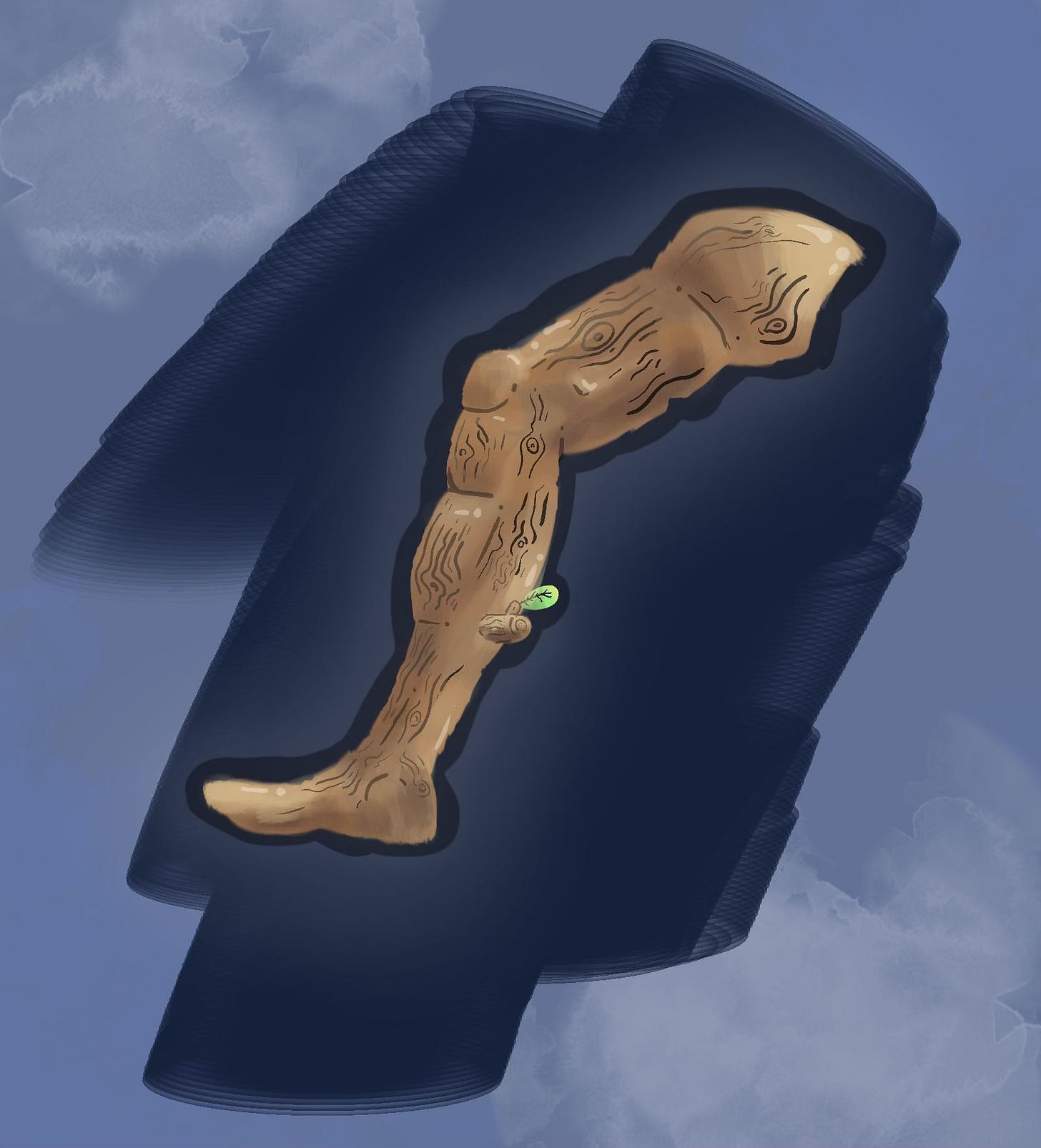The Grotesque in Flannery O’Connor
Flannery O’Connor’s stories are, by her own account, “preoccupied with the grotesque.” Her grotesques have many southern precedents, most notably those of William Faulkner. But even if freaks are a natural subject for southern writers, and have a natural appeal to southern readers, O’Connor denies that this explains their appearance in her fiction. Her grotesques are due, not to a sensibility she and her readers share, but to convictions of hers that her readers reject. O’Connor was Catholic, writing largely for (what she took to be) a secular, nihilistic culture, and
the novelist with Christian concerns will find in modern life distortions which are repugnant to him,
but which his audience does not regard as distortions at all. Now many writers are out to change their readers’ way of seeing. But some changes are harder to bring about than others. Charles Dickens effected his by describing, in lurid detail, the concrete reality of factory work and child labor. O’Connor aimed higher, or deeper: to open reader’s eyes to the spiritual sickness of their society, and how is one to do that? Her challenge was to make the “distortions in modern life”
appear as distortions to an audience which is used to seeing them as natural.
Dickens’ audience was (I would guess) largely receptive to his ideas, just ignorant of the facts. But O’Connor’s audience was actively “hostile” to the vision of reality she wanted to convey. Difficult ends call for extreme techniques; for O’Connor, the grotesque was among those techniques.
But how does that technique help achieve her end? Part of the answer is in O’Connor’s remark, that


